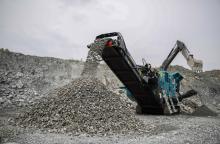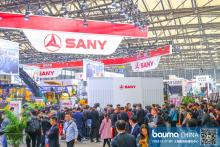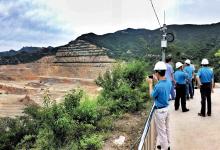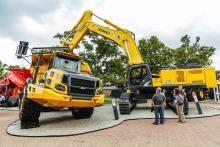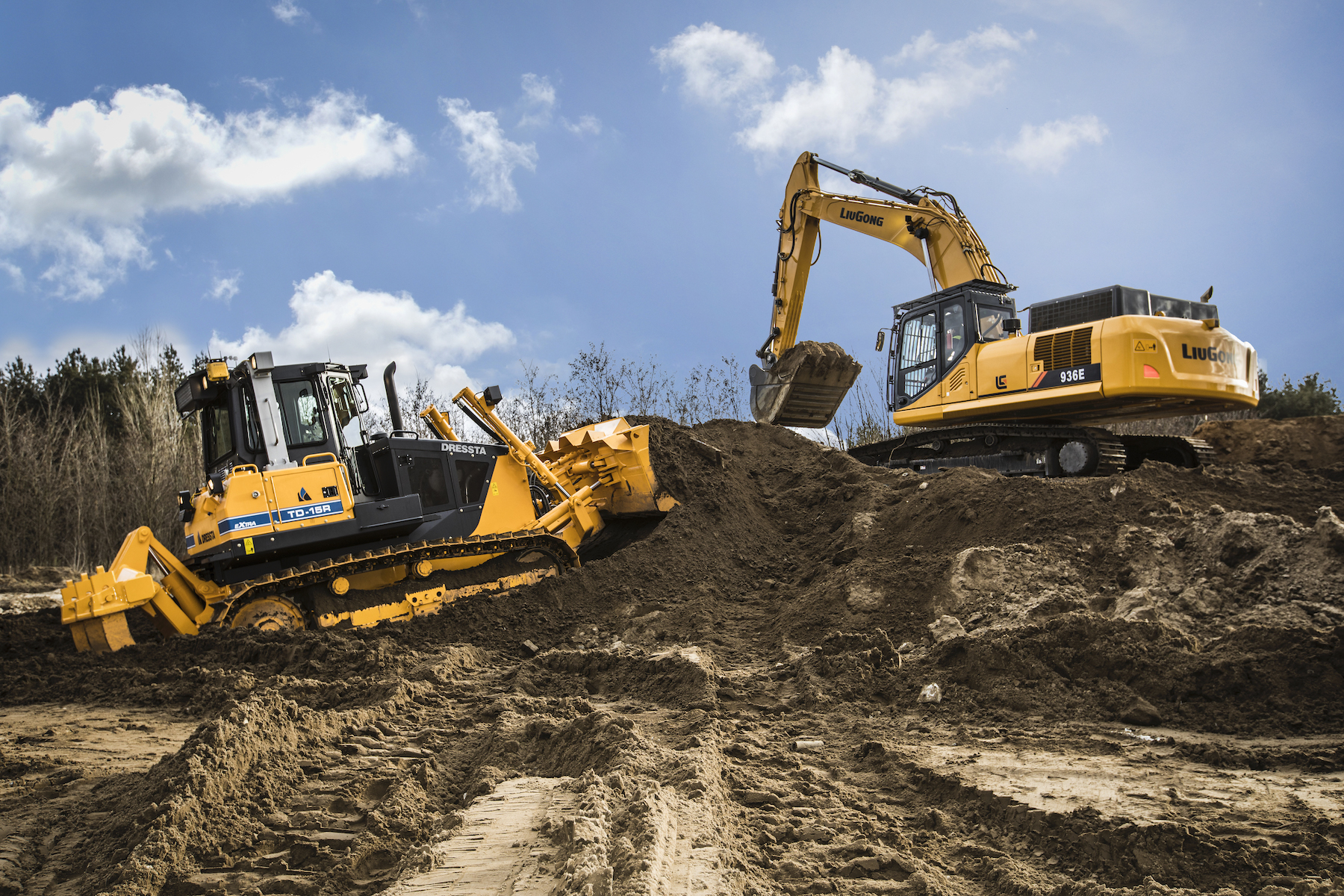
China’s aggregates demand remains strong amid great change in how aggregate products are produced, and in the make-up of producers. Guy Woodford reports.
The last two years have seen China toughen up its environmental protection policy concerning the construction aggregates industry. This has led to the closure of many quarries, says David Zhao, editor of China Aggregates Net, which specialises in independent Chinese aggregates market analysis and statistics.
Producing crushed stone or sand without dust suppression technology and equipment results in severe dust and noise pollution, but Zhao says that many of China’s small stone quarries have been reluctant to add environment protection equipment to their cost base.
This has prompted numerous inspections organised by the Chinese Ministry of Environmental Protection, and some local governments have closed numerous construction aggregates quarries. This, continues Zhao, has left infrastructure projects all over the vast country of 1.3 billion people short of construction aggregates, including sand and crushed stone.
Zhao says that some larger, including a number of state-owned, aggregates companies have started building quarries which will offer over 500,000tonne annual capacities, incorporating more environmentally friendly operating practices. However, in the short term, supply cannot meet demand.
Thanks to the on average two digits annual-growth infrastructure investment since 2012, Zhao says China’s aggregates consumption has remained stable in 2017. Due to strict environment rules affecting aggregate producers’ ability to meet market demand, prices rose significantly in some Chinese regions, especially for fine aggregates.
Zhao stresses that the volumes of natural aggregates coming from river beds has reduced considerably in recent years (pic 1) due to greater environmental legislation and awareness.
There are big differences across China (pic 2) in estimated levels of natural aggregates. Driven by production optimisation considerations, Zhao says he has also seen a growing desire among some aggregate producers to buy machines which can crush stones into sand and dust, along with waste water treatment solutions.
A recent report by Off-Highway Research suggests that a resurgent Chinese construction equipment market will play a big part in a predicted 16% increase in worldwide construction machine sales in 2017. Crawler excavator sales alone in China have more than doubled in the first half of 2017, compared to the same period last year. On a global basis, sales of construction machines are expected to exceed 810,000 units in 2017, with a value of more than US$80 billion. A notable increase in Chinese construction equipment demand is likely to trigger encouraging growth in the market for aggregates, as builders armed with
their recent machine purchases look for the raw materials for new infrastructure projects.
On the crushing and screening side of aggregate production,
Headquartered in Dungannon, Northern Ireland, Powerscreen will be at
Organisers of the bauma China 2018 exhibition note that growing infrastructure and mining activities have led to a noticeable increase in demand and an improved order situation in the Chinese construction machinery segment.
Maritta Lepp, project manager of the exhibition, is confident of staging a successful showpiece event: “Similar to the upswing in the Chinese economy, we are seeing positive signs for the upcoming bauma China 2018.”
Among other factors, bauma China 2018 organisers believe the Chinese government has played a role in the construction machinery industry’s upturn by promoting the public-private partnership model (PPP model). The model encourages construction projects by private investors, which are beneficial for the Chinese population and have a positive impact on the demand for cement pumps, excavators and cranes. Some machines are so sought-after that manufacturers have to add extra shifts to cover the demand. Sales of cement machinery and
Dave Beatenbough, vice president of R&D at LiuGong, says: “As a market recovers from a significant downturn, like China is currently experiencing, usually there are changes in machine usage patterns. This happens because when times are difficult, contractors review their processes and develop more efficient and cost-effective ways to accomplish their work. Usually this means a change in machine buying habits for future purchases.
“Historically, China has always been a tremendous wheeled loader market. Wheeled loaders were used in many applications where other machines, such as excavators, would be used in other markets. China still is the world’s largest market for wheeled loaders, but excavators have overtaken wheeled loaders in China as the largest segment for construction equipment. Customers are using excavators for some applications that historically would have been a wheeled loader application.”
Beatenbough says that as the machine usage patterns in China are changing, the size of the machines used is also changing. “In production applications, i.e. typical aggregate applications, we are seeing a shift towards larger machines. Customers are looking for more productivity, more loading efficiency, and faster cycle times as their markets become more and more competitive. This change is not a dramatic shift, but an adjustment to the next larger size class. Customers want greater productivity, but are unwilling to make major change that would require a large investment to upgrade all their equipment at the same time. Instead, customers are using, for example, a six tonne wheeled loader instead of a five tonne, but will continue to use their current size trucks. During the next replacement cycle of trucks they may increase the truck size to better match their six tonne loader.”
Beatenbough states that China has been making massive investments in infrastructure for years, and large investments in new projects are continuing. Many of the earlier projects now require upgrading and improvement. This development of the repair industry is said by Beatenbough to be driving a need for more compact equipment to work in urban areas, or around traffic on major highways.
LiuGong’s R&D lead says China is now becoming known for the improved quality of its infrastructure projects. “Paving quality, speed of job completion, and minimising traffic disruption are all becoming more important. Project preparation is increasing with more significant base and sub-base preparations. Site preparation is better with rigorous compaction requirements and stricter requirements for final grade.
“All of these things are driving the need for more and better quality aggregate materials, and more and better quality road machinery.”

